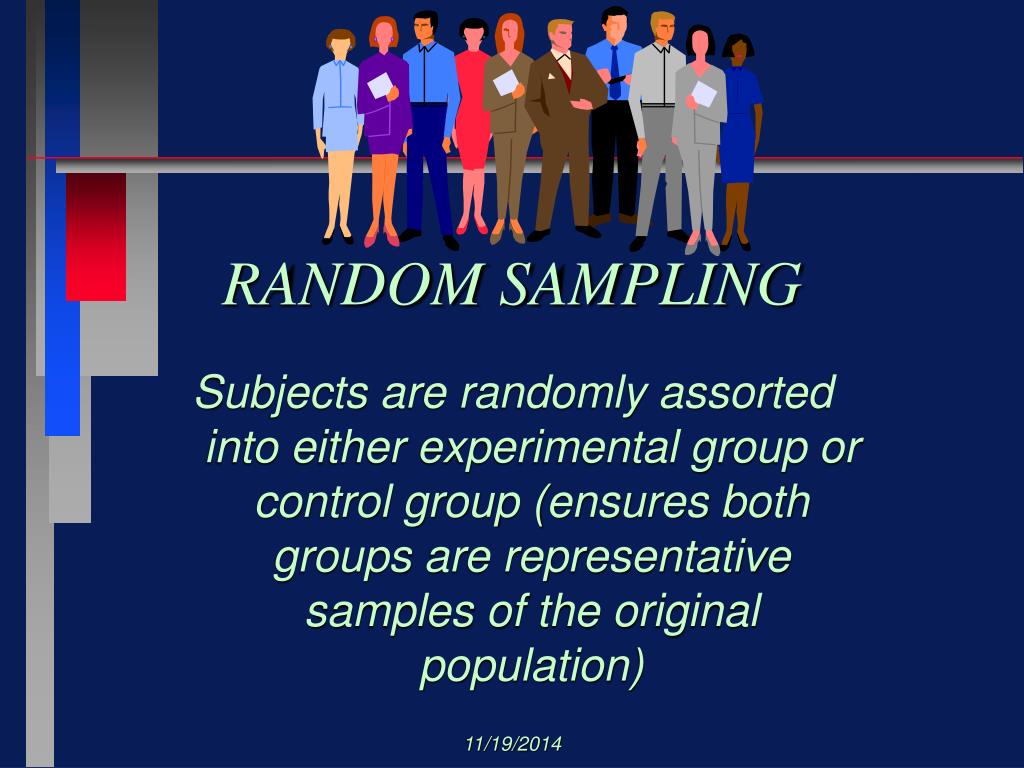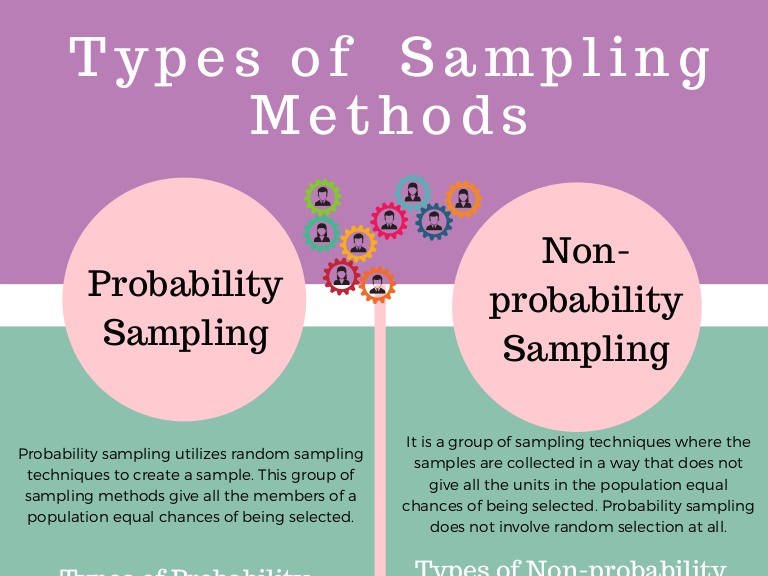
They usually make a list of all the target population and afterwards mark each member with a specific number. lottery method of sampling and random number table. It is not unusual for researchers to select their first random number at random by closing their eyes! They often use two methods of simple random sampling i.e.
#Random sampling techniques how to
How to do simple random sampling (Methods of simple random sampling) In line with the above example, processing the details of 25,000 students will be surely costly. Simple random sampling can sometimes be very costly as well. If the university has 25,000 students, then it can be easily imagined how difficult and time-consuming this process can be. This will require the researchers to put the names of the students into a box or something to choose samples randomly. Let us imagine that the university agrees to provide the researchers with all the names of the students. For instance, if a researcher would like to do a research on the teaching quality and student satisfaction at a university, he/she may find it extremely difficult to have access to the details of the students as the university may be unwilling to share because of the internal policies and data protection concerns. Having access to the details of the potential research respondents can be challenging. There are a number of disadvantages of using simple random sampling in quantitative market research as follows: It also works as the basis for other probability sampling methods (Encyclopaedia Britannica, 2020).Īnother advantage is that this method is easy to assess sampling error. It is usually easy to use, particularly when the size of the target population is small. Simple random sampling is less complicated compared to many other sampling methods. As the researchers select potential respondents very randomly, each individual has the same chance of being selected.

#Random sampling techniques free
Unlike other sampling methods, simple random sampling is bias and prejudice free however, the condition is that it must be applied appropriately. There are a number of advantages of using simple random sampling in quantitative market research as follows: It is also sometimes simply called random sampling. It is where every member of the population has an equal probability (chance) of being selected. Simple random sampling involves selecting the sample at random from the sampling frame using either random number or a computer (Saunders et al., 2007). Like all other research tools, simple random sampling has its advantages and disadvantages. Sampling is a key part of any research, and many quantitative researchers use simple random sampling for the purpose of data collection. This article aims to identify and explain some of the advantages and disadvantages of simple random sampling. The selection is entirely random, and the selection of each household is not dependent on the selection of other households.Advantages and disadvantages of simple random sampling

Regardless of what form your data are in, the important characteristic of simple random sampling is that the person doing the selecting has NO CONTROL over which households are selected.

If every household in the population has some unique identifier, such as a number or the name of the head of the household, and you know how many households you want to include in the survey sample, then you could simply write this identifier for each household on a separate piece of paper, put all the pieces of paper in a bag, shake well, and draw as many from the bag as you need to achieve your intended sample size. Simple random sampling is the most intuitive sampling approach.


 0 kommentar(er)
0 kommentar(er)
